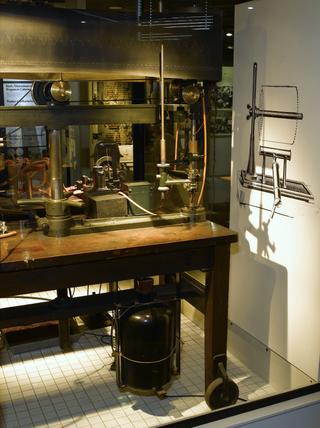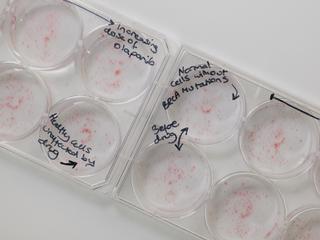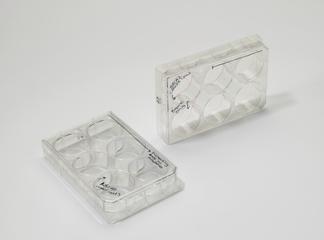
Archibald V Hill’s thermopile used to measure heat production, England, 1950-1960
- maker:
- A C Downing and Baird and Tatlock Limited




Thermopile, once owned and modified by A.V. Hill, by A.C. Downing, 1950-1960
Archibald V Hill (1886-1977) was a British physiologist who discovered that nerves, when stimulated, produce heat. Thermopiles are scientific instruments used to measure small changes in heat. The heat produced by muscles and nerves is converted to electricity by a series of thermocouples (the two coils of metal which when heated produce an electric current) and recorded using a galvanometer. Hill studied heat and energy exchanges from the 1910s onwards and was one of the founders of the field of biophysics. Hill’s thermopile was made by A C Downing, a scientific instrument maker who joined Hill in 1920, developing and making a large amount of Hill’s equipment.
Details
- Category:
- Laboratory Medicine
- Object Number:
- 1989-162
- Materials:
- copper alloy, rubber, plastic and complete
- Measurements:
-
overall: 64 mm x 330 mm x 156 mm, .24kg
- type:
- thermopile
- credit:
- University College London, Dept. of Physiology




